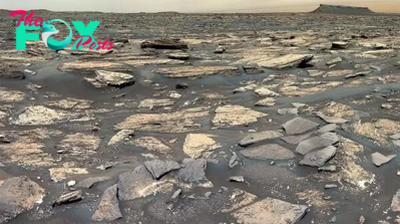Science
James Webb telescope to zoom in on Uranus and Saturn in study of mysterious auroras
The James Webb Space Telescope (JWST) is set to begin investigating the spectacular light shows of solar system giants Uranus and Saturn.
Two separate teams of astronomers at the University of Leicester will use the $10-billion space telescope to study auroras over the gas giant Saturn and the frigid ice giant Uranus. The aim will be to explain in greater detail the processes that create these polar light shows over different planets.
"The JWST is already changing how we perceive the universe, from the solar system, our very own cosmic backyard, to the first galaxies formed at the beginning of time," Henrik Melin from the University of Leicester School of Physics and Astronomy who will lead the Uranus investigation, said in a statement. "I am thrilled to have been awarded time on this remarkable observatory, and this data will fundamentally shape our understanding of both Saturn and Uranus.”
Auroras are familiar to skywatchers over Earth as the stunning Northern Lights and Southern Lights, which can be seen along the poles of our planet when they appear.
Related: Astronomers spot aurora on the sun for the 1st time
These light shows are generated over Earth when charged particles that stream from the sun's solar wind strike our planet's protective magnetic field, known as the magnetosphere. These particles Travel down magnetic field lines and stream out behind Earth — but, as they do this, they interact with particles in our atmosphere, creating glowing light.
When the sun blasts out high volumes of stellar plasma in so-called coronal mass ejections, auroras are more prominent and can be seen at lower latitudes over Earth.
-

 Science1d ago
Science1d agoEarth from space: Mysterious wave ripples across 'galaxy' of icebergs in Arctic fjord
-

 Science1d ago
Science1d ago'We're meeting people where they are': Graphic novels can help boost diversity in STEM, says MIT's Ritu Raman
-
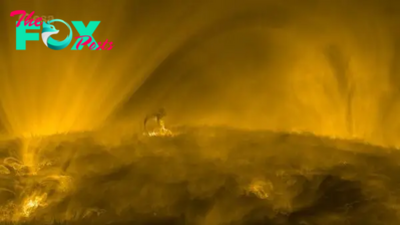
 Science1d ago
Science1d agoSpace photo of the week: A planet-size explosion rocks the sun's 'mossy' corona
-

 Science3d ago
Science3d agoChina launches Chang'e 6 sample-return mission to moon's far side
-

 Science3d ago
Science3d agoWe Still Don’t Fully Understand Time
-
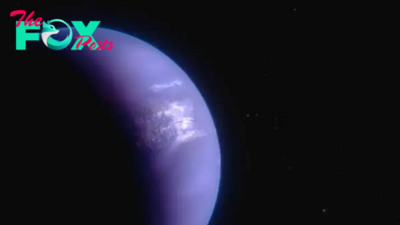
 Science3d ago
Science3d agoJames Webb telescope spots wind blowing faster than a bullet on '2-faced planet' with eternal night
-
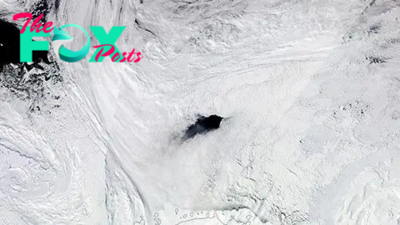
 Science3d ago
Science3d agoAntarctic ice hole the size of Switzerland keeps cracking open. Now scientists finally know why.
-
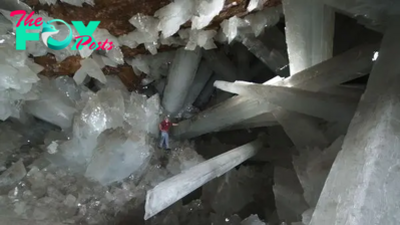
 Science3d ago
Science3d agoCave of Crystals: The deadly cavern in Mexico dubbed 'the Sistine Chapel of crystals'




